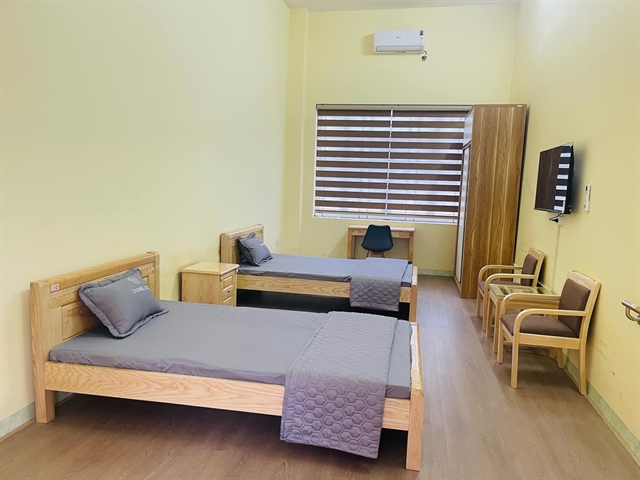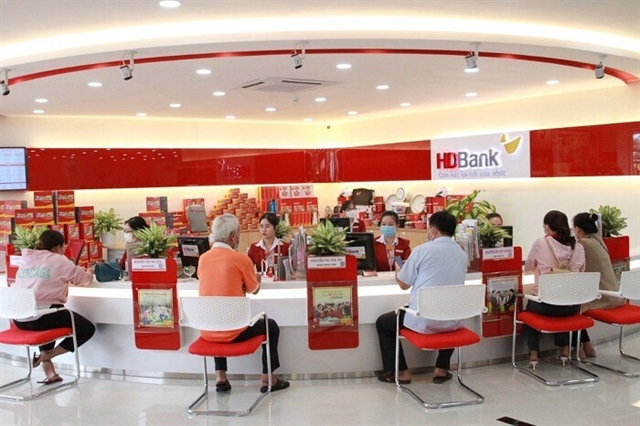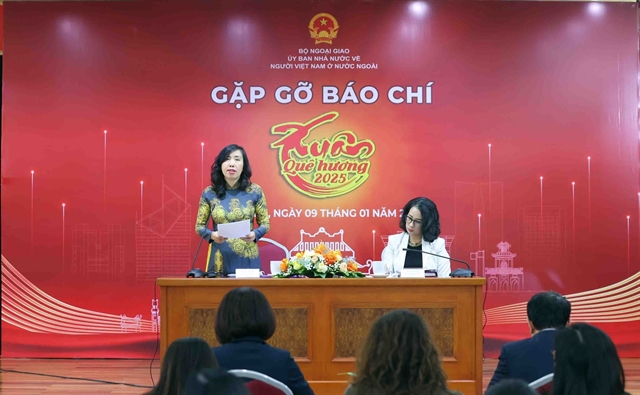 Society
Society


|
HÀ NỘI Transportation, construction and cooking at home are among factors causing pollution both indoors and outdoors in Hà Nội.
The findings were revealed by environmental experts at an air pollution workshop hosted by the Green Innovation and Development Centre (GreenID) and Hà Nội Union of Science and Technology Associations (HUSTA) on Tuesday in Hà Nội.
Associate Professor Nghiêm Trung Dũng from Hà Nội University of Science and Technology said about 40 per cent of fine particle (PM2.5 particles) emissions are from vehicles (motorcycles, cars and buses), according to research on the characterisation and source of fine particles in Hà Nội.
“Hà Nội has a large number of motorbikes which emit a huge amount of emissions. But who controls the quality of motorbikes?” he said, adding that a lot of out-dated vehicles are used in the city, emitting polluted air.
A good sign is that Hà Nội has switched to compressed natural gas (CNG) buses on a number of routes, he said, highlighting the importance of fuel switching for the city’s bus system.
According to research by the Construction University, fine particles and superfine particles are not only present with high concentrations outdoors but also indoors.
High concentration of superfine particles indoors, according to a survey at some residential areas in Hà Nội, comes from using gas stoves, microwaves and other cooking activities.
Hoàng Dương Tùng, chairman of Việt Nam Clean Air Network, said there are a lot of nano fine particle emission sources at home like painting houses, sweeping floors and cooking. A study at schools in Spain shows a surprising amount of emissions.
“It is necessary to invest in studies on indoors pollution. Some studies have been conducted in Việt Nam but they are only small ones. We need a general large-scale study on that,” he said.
There have not been any detailed reports on the level of emission factors affecting Hà Nội’s air. Emission inventories are not an easy task and are costly, Tùng told Việt Nam News.
“It is time to conduct emission factor inventories in order to have proper policies. That is the responsibility of Hà Nội’s authorities,” he said.
Associate Professor Nguyễn Đức Lượng from the Construction University said that to have a general assessment on Hà Nội’s air quality, air monitoring must be conducted at different locations. Experts need to assess impacts of various emission factors on air quality such as transport, industrial activities, domestic activities, construction and meteorological conditions.
From the angle of a transport expert, Trần Danh Lợi, chairman of Bridge and Road Association, HUSTA vice chairman, said trucks carrying construction materials must not be allowed to enter the inner city. Instead, construction materials should be carried in containers and these containers must leave the city at night. VNS




